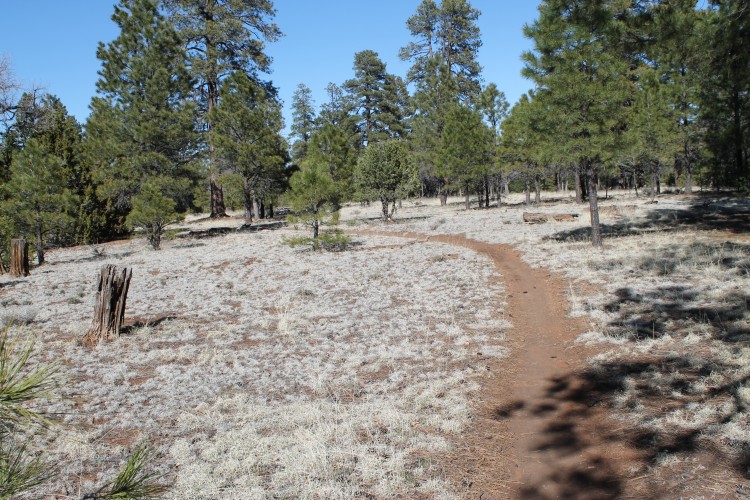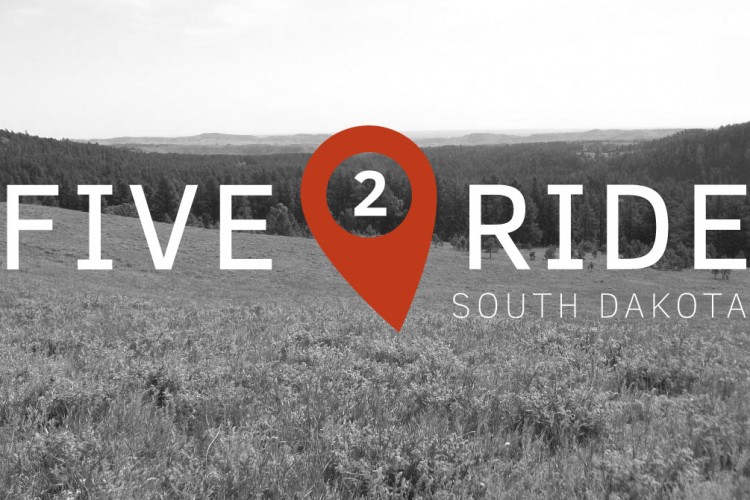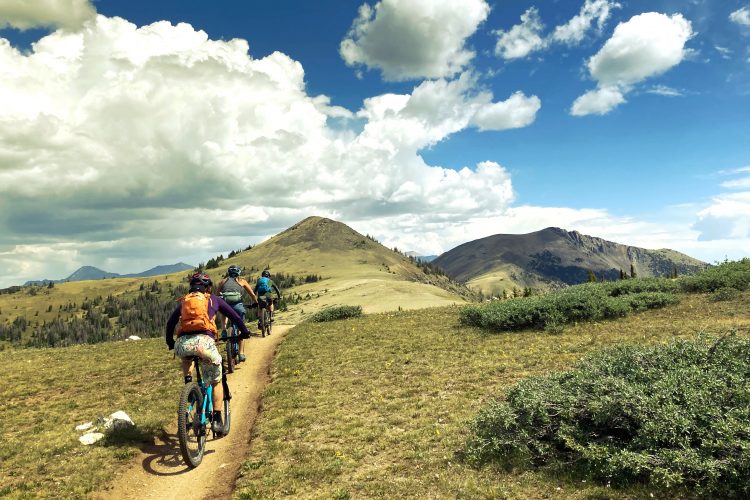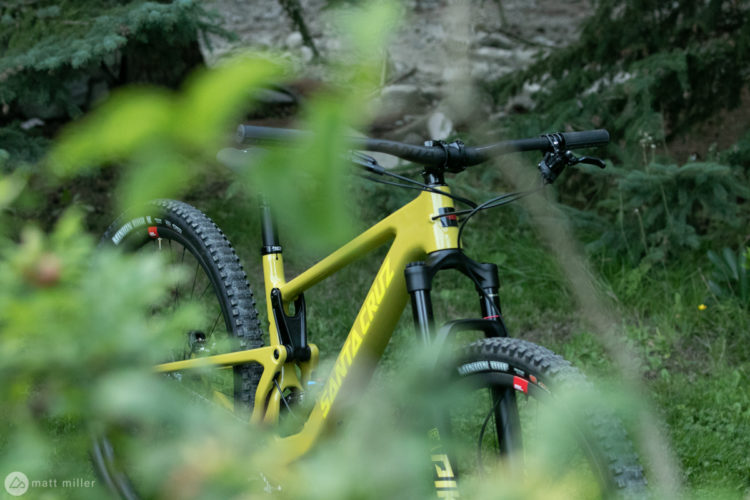With the Sustainable Trails Coalition’s bill officially introduced in Congress, we can’t help but daydream about all the places we’d love to ride our mountain bikes… if only it was legal!
With over 109 million acres of designated Wilderness in the United States, plus thousands more miles of singletrack outside of Wilderness areas that are also off limits to bikes, the magnitude of the potential expansion of mountain biking opportunities in the US afforded by this bill can’t be overstated. In fact, I’ve argued that it’s the most important advocacy effort in mountain biking history.
As we started scrawling our list of “what if” trails, it’s worth noting that in this article, we only focused on trails that have at least a small chance of being opened to mountain bikes. We specifically didn’t include trails that are not likely to ever see tires legally, such as the Appalachian Trail. Of course, even if the bill does pass, that won’t guarantee that all of these places will be opened to mountain bikes. But if we had our way, here are the top 10 places we’d like to see legally opened back up to mountain bikes:
-Greg Heil
1. The Pacific Crest Trail

The Pacific Crest Trail (or “PCT”) is a 2,659-mile, long-distance trail beginning at the US/Mexico border in southernmost California and ending at the Canadian border in northernmost Washington. Its beauty and ruggedness are inspirational, and have sparked the imagination of myriad adventurers. Alas, the PCT—also known as The Perfect Cycling Trail—is closed to bikes, even though the trail grades are perfectly optimized for knobby tires.
I have hiked some sections of the PCT in the Marble Mountains of Northern California, and it is indeed magnificent! Skinny shale trails lead to perched crystalline lakes; meadows burst with wildflowers. On the more remote reaches, it is hard to envision an explosion of new use by cyclists were the ban lifted. These places are truly rugged and are not for the faint of heart!
-Maureen Gaffney
2. The Colorado Trail

Unlike the Pacific Crest Trail, the Colorado Trail (CT) is open to mountain bikes by default, but numerous portions of the CT run through expansive Wilderness areas, which prohibit mountain bikes. For bikepackers looking to through-bikepack the CT, that means they are currently forced to pedal long distances out of their way on dirt and paved roads to re-route around Wilderness areas.
Not only is this a shame and a true disruption of the Wilderness experience, but if you’ve ever hiked or run the Colorado trail from outside the Wilderness and then into the Wilderness boundary, you’ll note that there’s absolutely no change in the character of the trail–mountain bikes truly have almost no additional environmental impact above and beyond that of foot travelers.
-Greg Heil
3. The Continental Divide Trail

Yet another scenic trail similar to the Pacific Crest Trail, the main difference between the Continental Divide Trail (CDT) and the PCT is that many sections of the CDT outside of Wilderness areas are already open to mountain bikes. However, the CDT is still under construction, and some newly-built CDT segments that are not in Wilderness areas have been designated off-limits to mountain bikes. This is a frightening trend, and hopefully one that the STC’s bill will be able to halt and reverse. While delving deep into this topic would require a much longer article, there is much progress to be made on the CDT trail, both inside and outside of Wilderness areas.
For a primer on the challenges facing mountain bikers as new segments of the CDT are proposed and built, be sure to read this article.
-Greg Heil
4. The Tahoe Rim Trail, California / Nevada

The Tahoe Rim Trail (TRT) is unique in that it runs 170 miles and completely circumnavigates America’s most photographed lake. Around every corner there is a new and more stunning view of the crystal-blue waters ringed by high Sierra mountains. Unfortunately, bikes are not able to make the circumnavigation for two reasons: the trail crosses designated Wilderness, and it also merges with the Pacific Crest Trail, which is also designated as a no biking zone. I have ridden legal segments of the Tahoe Rim, and it is everything it is reputed to be. It sure would be nice to be able to complete the loop!
-John Fisch
5. Nicholia/Deadman Creek, Montana

If given the opportunity, the Wilderness trails I’d head for first would be the ones that got away. When I lived in Montana, I had a bucket list which included three classic rides reputed to be both epic and beautiful. However, the tempo of my day job picked up and I suddenly found myself working 60-80-hour weeks and tied to town even on “days off.” Consequently, I couldn’t get to these rides. No worries; I knew that after relocating and settling into a less demanding job, I could return and enjoy that which I had missed.
The tragedy here is that between my departure and my first available vacation, these trails were declared off limits. The irony is that they aren’t even in designated Wilderness areas… yet. They lie within the boundaries of two Recommended Wilderness Areas (RWA) and one Wilderness Study Area (WSA). Wilderness lobbies brought a lawsuit against the USFS, demanding that these areas be administered as actual Wilderness areas, ostensibly to “preserve their wilderness character” so that they would remain suitable for formal Wilderness designation when Congress got around to it.
Of course, this argument ignores the fact that previous bicycle use has never prevented a WSA, RWA, or other potential Wilderness area from becoming such; the recent designation of the Boulder White Clouds Wilderness Area in Idaho, with many previously-popular mountain biking routes, standing as the proof. Nevertheless, a federal judge bought the argument and, with the stroke of a pen, deemed hundreds of miles of classic singletrack off limits. Disingenuous legal trickery aside, these are the three that make up the lost Montana trifecta–the first of which being Nicholia/Deadman Creek.
As an avid hiker, I had purchased the Falcon Guide for Hiking Montana. After carefully poring through every listed trail, a few struck me as routes which would make good mountain bike tours as well as backpacks. Most notable among these was an epic route tucked away in a very remote corner of southwest Montana that joined the two stunning Nicholia and Deadman Creek drainages. The route passes from western sage though subalpine forest, and ascends above treeline to glacial cirques and grand alpine amphitheaters, with panoramic views of stunning mountain range upon mountain range. I have read blogs from others fortunate enough to have ridden this route, and it is an experience I would love to emulate above all.
-John Fisch
Click here to continue reading on page 2!












2 Comments
Aug 18, 2016
Sep 2, 2016